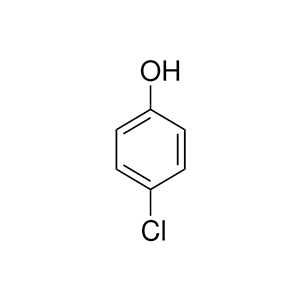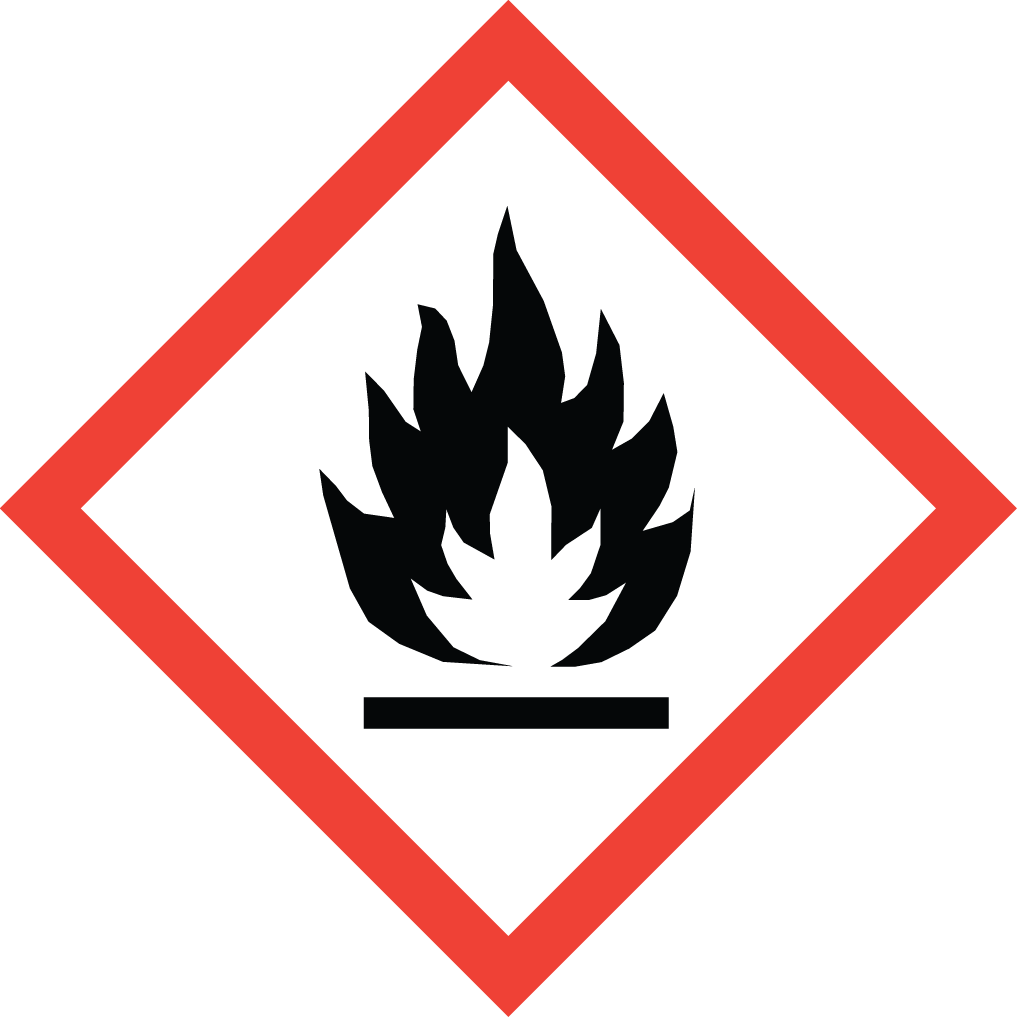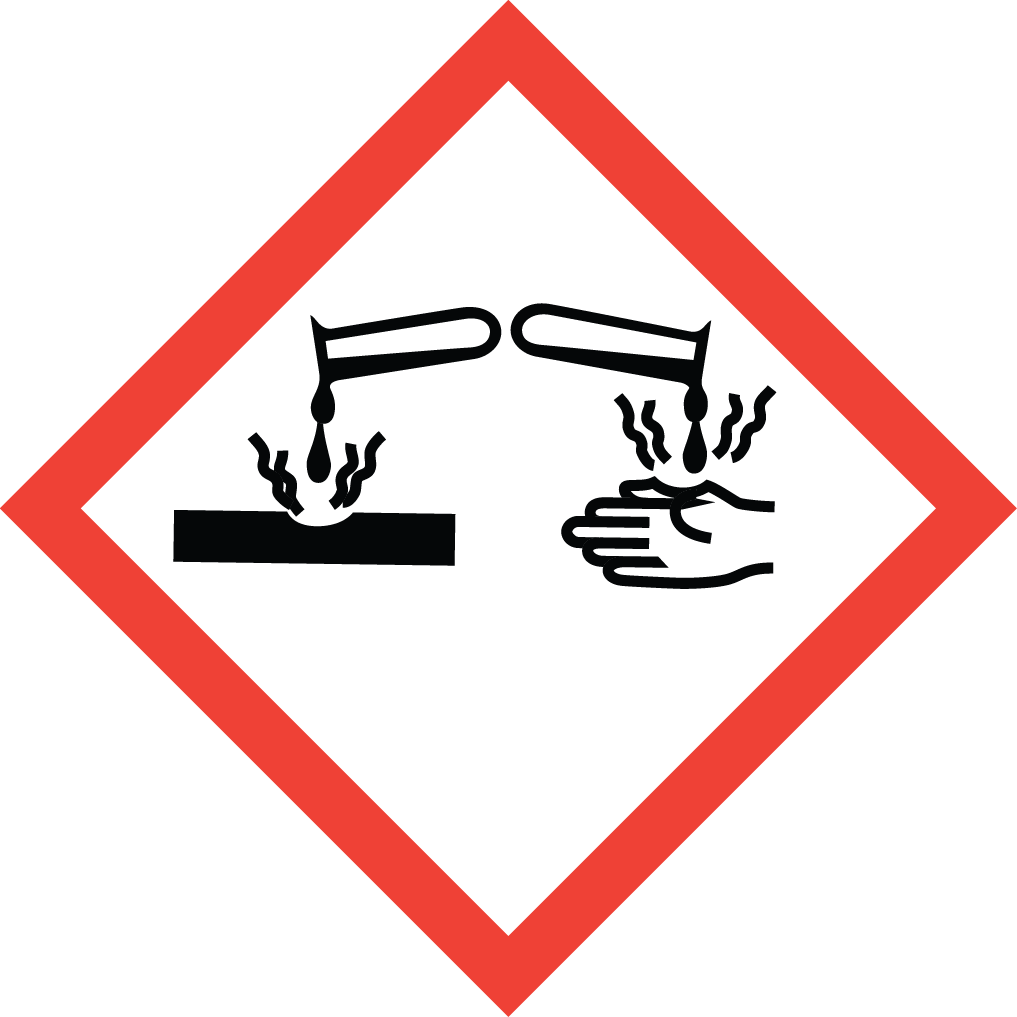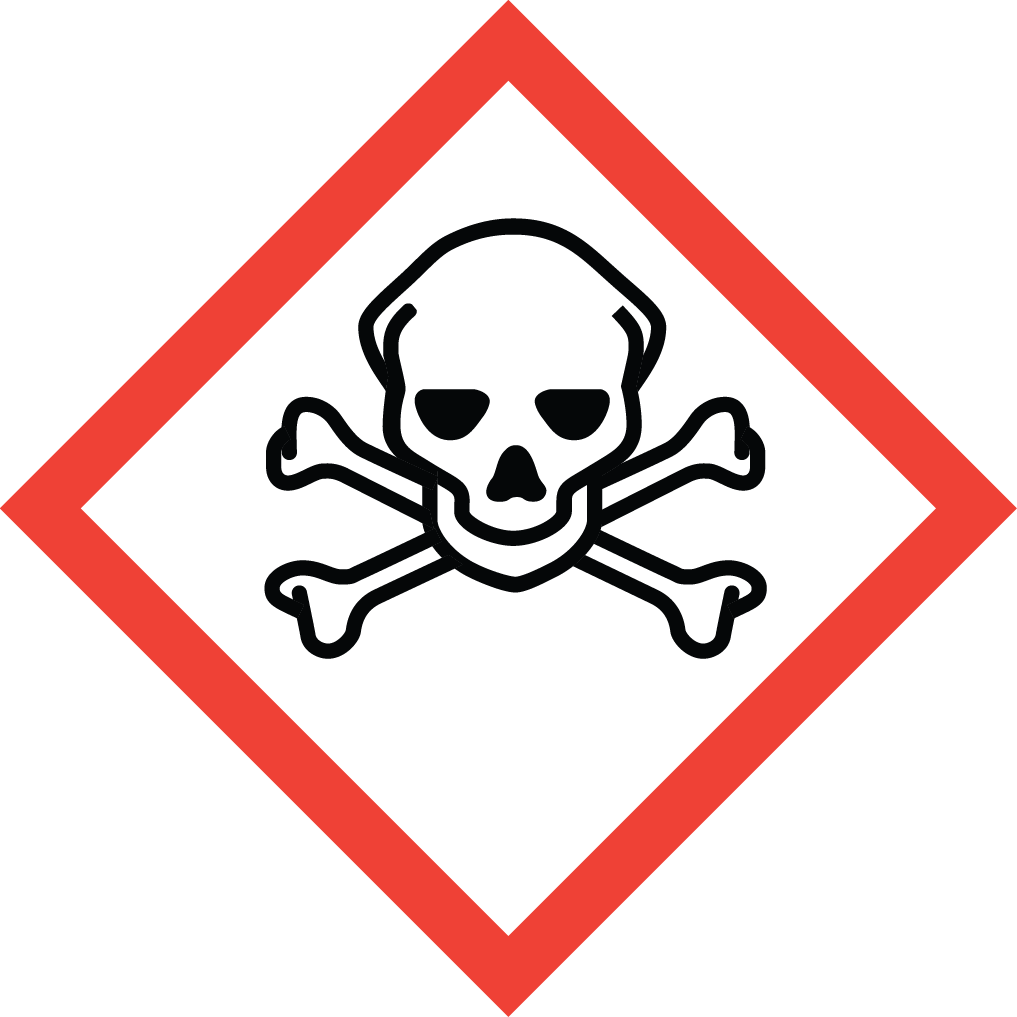Explore Top-Quality 4-Chlorophenol with Aure Chemical
Aure Chemical is a premier global supplier of high-purity 4-Chlorophenol, often recognized by its common name p-Chlorophenol or parachlorophenol. This key chlorinated aromatic compound is highly valued for its unique combination of phenolic reactivity and antimicrobial properties. With a chlorine atom precisely positioned para to the hydroxyl group on the benzene ring, 4-Chlorophenol serves as an indispensable chemical intermediate. It's widely used in the synthesis of a diverse array of essential products, including pharmaceuticals, agrochemicals, disinfectants, and specialty dyes.
Basic Information of 4-Chlorophenol
4-Chlorophenol (CAS 106-48-9) is meticulously produced and rigorously tested to meet stringent quality standards. We ensure exceptional purity and consistent performance, essential for your critical applications:
| CAS No.: | 106-48-9 |
|---|
| EC No.: | 203-402-6 |
|---|
| Linear Formula: | Cl–C₆H₄–OH |
|---|
| Molecular Weight: | 128.56 |
|---|
| Appearance: | Transparent Liquid |
|---|
| Odor: | Phenolic, characteristic odor. |
|---|
| Melting point: | 42-45 °C |
|---|
| Boiling point: | 220 °C (lit.) |
|---|
| Density: | 1.306 g/mL at 25 °C (lit.) |
|---|
| Solubility: | Slightly soluble in water; readily soluble in ethanol, ether, chloroform, and other organic solvents. |
|---|
| Flash point: | 240 °F |
|---|
| Nature: | Combustible, corrosive, harmful if swallowed or inhaled, toxic by skin absorption. |
|---|
| RIDADR: | UN 1992 3,8 /PG 1 |
|---|
| Chemical Structure: |  |
|---|
Our commitment to delivering high-purity 4-Chlorophenol ensures a reliable and efficient component for your complex manufacturing and synthesis processes.
Primary Applications of 4-Chlorophenol (p-Chlorophenol)
4-Chlorophenol's distinct chemical reactivity and biological activity make it an incredibly valuable and versatile intermediate with applications spanning numerous industries:
Pharmaceutical Synthesis:
4-Chlorophenol is a crucial intermediate in the production of various active pharmaceutical ingredients (APIs). It's used in the synthesis of antiseptics, disinfectants, and other complex drug molecules, often serving as a precursor for more complex phenolic compounds.
Disinfectants and Antiseptics:
Due to its potent antimicrobial properties, 4-Chlorophenol itself, or its derivatives, are used in certain disinfectant formulations for industrial, medical, and household applications. It's effective against a broad spectrum of microorganisms.
Agrochemical Manufacturing:
It serves as a key building block in the synthesis of a variety of agrochemicals, including certain fungicides and herbicides, where the chlorinated aromatic structure imparts desired biological activity.
Dyes and Pigments:
4-Chlorophenol is utilized as an intermediate in the production of specialty dyes and pigments, contributing to specific color properties and chemical stability.
Chemical Reagent & Specialty Chemicals:
Beyond its major industrial uses, 4-Chlorophenol is also employed as a chemical reagent in various organic synthesis reactions, leading to a wide range of fine chemicals and specialized materials.
Why Choose Aure Chemical for Your 4-Chlorophenol Supply?
Aure Chemical is dedicated to providing superior chemical solutions and unparalleled customer support. By partnering with us for your 4-Chlorophenol requirements, you benefit from:
Exceptional Purity & Consistency: Our 4-Chlorophenol is manufactured to stringent purity specifications, crucial for maximizing yields in complex syntheses and ensuring consistent quality in your downstream products, especially for pharmaceutical and disinfectant applications.
Reliable Global Supply Chain: We maintain a robust and efficient supply network, guaranteeing timely and secure delivery of this essential chemical to your facilities worldwide, adhering to all strict safety and regulatory standards for hazardous materials.
Expert Technical Support: Our team of experienced chemists and specialists is readily available to offer comprehensive guidance on product application, safe handling procedures, and optimal storage conditions for 4-Chlorophenol.
Commitment to Quality & Safety: We adhere to the highest industry standards for quality management, safety, and environmental responsibility across all our operations, ensuring peace of mind for our clients handling this versatile material.
Choose Aure Chemical for a trustworthy and dependable supply of high-quality 4-Chlorophenol. We're ready to support your most demanding and innovative chemical manufacturing processes.
Hazards Classification
GHS Classification: Flammable Liquid (GHS02), Corrosive (GHS05), Acute Toxicity (GHS06)
Hazard Statements: Flammable liquid and vapor; causes severe skin burns and eye damage; toxic if inhaled; reacts violently with water releasing corrosive gases.
UN Number: UN 1992
Hazard Class: 3 (Flammable Liquids), 8 (Corrosive Substances)
Packing Group: I
 GHS02: Flammable
GHS02: Flammable GHS05: Corrosive
GHS05: Corrosive GHS06: Acute toxicity
GHS06: Acute toxicity
